Inbound and outbound marketing are two of the most basic tactics for marketing your business. While outbound marketing is the more traditional tactic, these two distinct strategies work together to turn prospects into loyal customers. Here’s what you need to know about inbound vs. outbound marketing:
 Outbound Marketing
Outbound Marketing
Outbound marketing, also known as “push” marketing, is the more traditional form of marketing. It involves using advertising to reach a broad audience in order to sell a product or service. This can take the form of print, radio and television ads, billboards, direct mail marketing and more.
Outbound marketing is beneficial in that it reaches a larger group of people, shows off the benefits of your product or service, and explains why the consumer needs it. This is great for creating brand awareness and developing interest in your products or services. Use outbound marketing to reach and nurture consumers who are in the top of the marketing funnel— the awareness and interest stages where purchase intent is lowest.
Inbound Marketing
Inbound marketing is all about attraction rather than promotion. While outbound marketing seeks to “push” your product or service on consumers who may not be interested in it, inbound marketing seeks to attract the people that are most likely to buy from you. This includes people who are actively seeking the kind of product or service that your business sells.
Inbound marketing typically takes the form of content that is valuable or helpful to the consumer, whether that’s web content, social media posts, informative blogs, or downloadable formats such as eBooks and guides. Other common examples of inbound marketing include press releases, webinars, PPC, quote requests, organic search, and contact form submissions.
Use inbound marketing for leads who are closer to purchase and farther down the marketing funnel— inbound content seals the deal by providing valuable information that pushes consumers to purchase.
A classic example of inbound marketing is an article that includes tips and tricks for your specific industry. In this example, a customer searching in your industry online may come across an article your company has written. The customer clicks and visits your blog to read the article. At the end of the article there is a call-to-action offering promotional discounts in exchange for the customer’s email address. Having been sold on the expertise of your company, this customer becomes a qualified lead that you can nurture and sell to.
Inbound marketing is beneficial in that it is incredibly effective at turning prospects into buyers. This is because it is more likely to reach engaged consumers who are already interested in buying. Inbound marketing also has a higher ROI because it doesn’t waste money on unqualified leads, but rather spends money wisely in order to entice qualified leads.

The Nature of Inbound Leads
When dealing with inbound leads, it’s typically a low-risk high-reward situation. Based on their actions, you already know they are interested in your business.
You wouldn’t ignore someone who walks directly into your showroom, would you? The same thing applies to your inbound leads because these customers have demonstrated buying intent. They are ready to buy (or service) and your dealership is a top choice.
Dealers should pay special attention to inbound marketing leads because they require a lot less work (lead nurturing) and have a shorter sales cycle. Usually, inbound leads have identified what they need, done their research, and chosen to contact your business as a possible provider. They are likely familiar with your products and services, so there’s no need for lengthy introductions or sales pitches. All that’s left to do is create a deal that fits the prospect’s needs.
Combining The Two For Better Results
Inbound and outbound marketing work well together by giving prospects a holistic view of your business. Once you’ve attracted the consumer with a PPC ad or another form of outbound marketing, you can use inbound marketing content such as a case study to close the sale. While outbound marketing generates the customer’s overall interest and/or brand awareness, inbound marketing helps guarantees the purchase.
An effective marketing campaign requires a combination of both broad reach tactics for generating brand awareness and interest, and more targeted strategies to deliver relevant content that develops purchase intent. Now that you know the difference between inbound vs. outbound marketing and how they can help your business, you’ll be well equipped to use them in conjunction to nab a sale!










